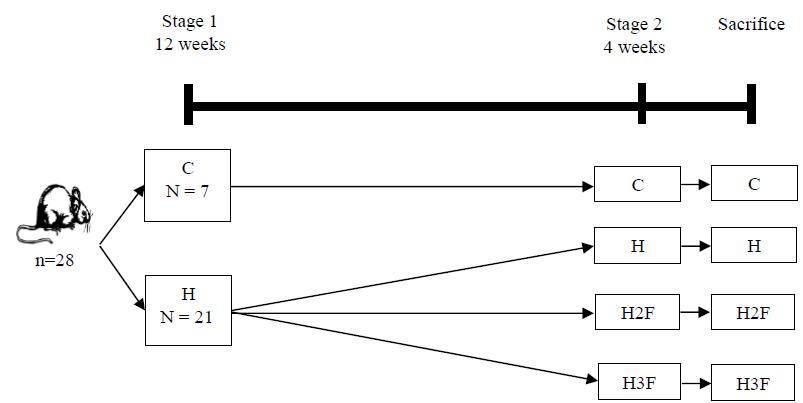ABSTRACT
Lychee fruit has been studied owing to the presence of several bioactive compounds that can contribute to weight loss in obese individuals. However, the anti-obese potential of the fruit has not been explored yet. The aim of this study was to investigate the effect of different parts of lychee in reducing the adipose tissue mass of cafeteria diet-fed rats. Phenolic compounds and scavenging capacities were quantified. The food intake, apparent digestibility, weight of the body and liver, body mass, Lee Index, and the mass of epididymal and visceral adipose tissues were evaluated. The results were estimated by Tukey’s Test at 5% probability. A higher amount of phenolic compounds and scavenging capacity were observed in the peel of lychee as compared to the other parts of the fruit. The hypercaloric diet with lychee flour resulted in a higher apparent digestibility. There was no difference between groups control (C), hypercaloric (H), hypercaloric with lychee flour - 50.00% peel and 50.00% seeds (H2F), and hypercaloric with lychee flour - 33.33% peel, 33.33% pulp and 33.34% seeds (H3F) with respect to body and liver weight, corporal mass, and Lee Index. The hypercaloric diet-fed group exhibited an increase in visceral and epididymal adipose tissue mass, whereas the group fed with hypercaloric diets and flour made from the peel and seed of lychee presented a lower visceral adipose tissue mass. In conclusion, the use of lychee flour was considered viable because it decreased visceral adipose tissue mass in rats.
Key words:
Phenolics; Cafeteria diet; Obesity; Litchi chinensis Sonn




